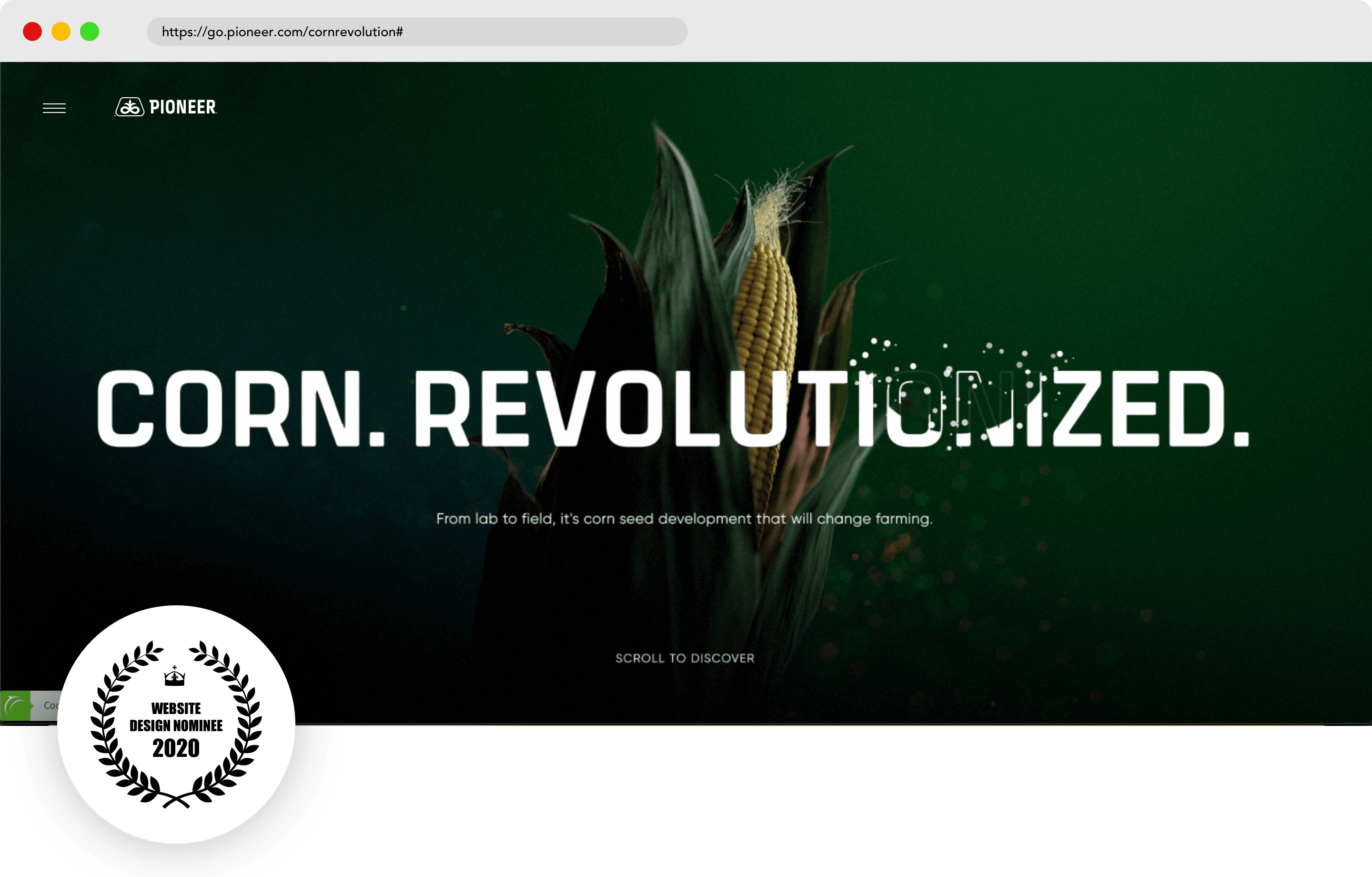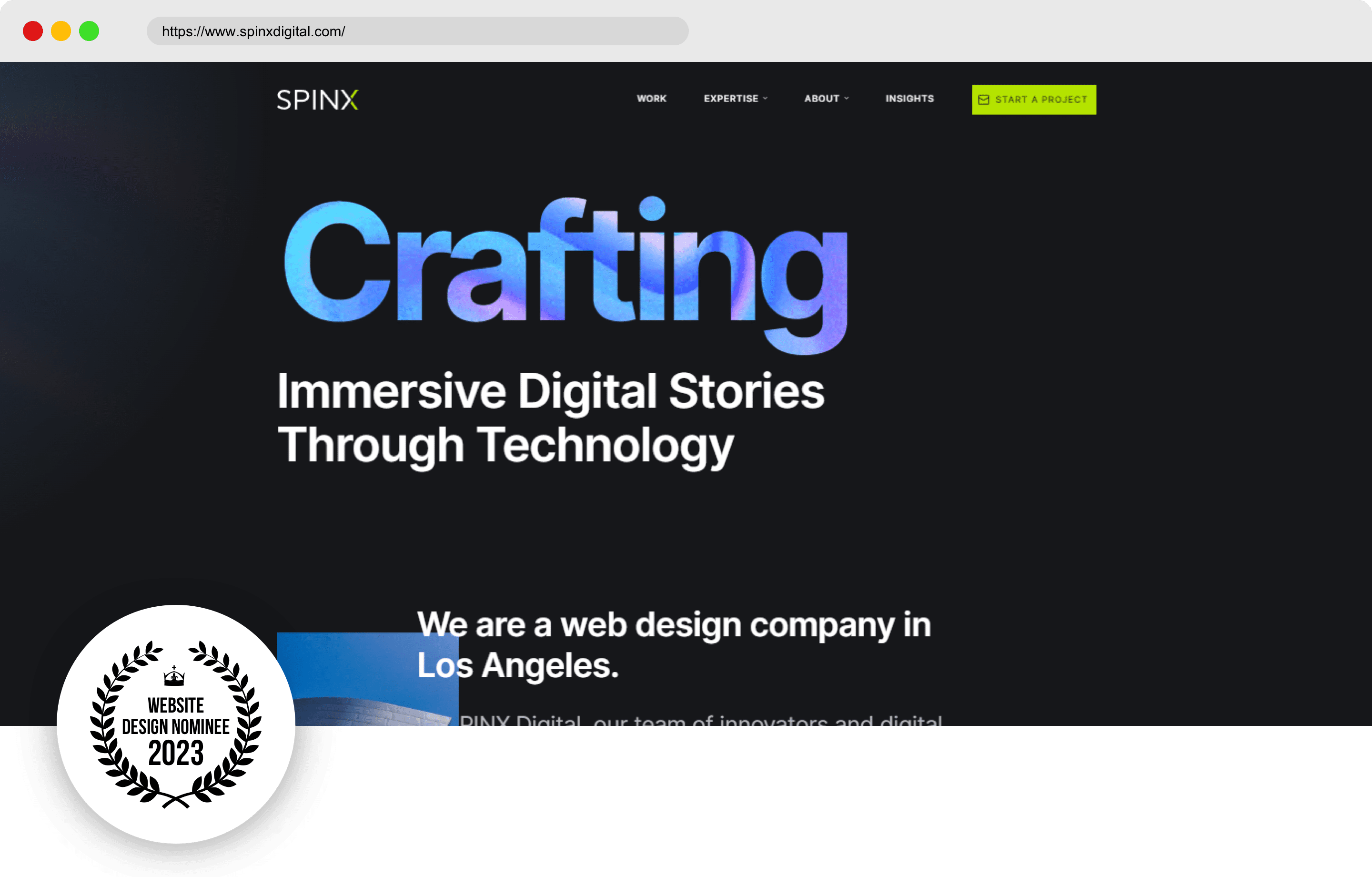Understanding the Function of Responsive Style in Modern Website Growth
In today's digital landscape, receptive layout is no longer a high-end yet a requirement in web site growth. As individuals access web sites from a selection of devices, from large desktop computer monitors to pocket-sized mobile phones, ensuring a engaging and consistent customer experience is paramount. Receptive style achieves this by using scalable media and adaptable designs, dealing with the nuanced requirements of each tool. The significance of responsive layout extends past individual experience-- it is likewise an essential element in search engine optimization and access. However exactly how specifically does it affect these locations, and what techniques guarantee its efficient implementation?
Relevance of Responsive Design
In today's electronic landscape, the significance of responsive layout in website development can not be overemphasized. As customers significantly count on a selection of devices-- ranging from home computer to mobile phones and tablets-- making sure a seamless user experience across all systems has actually come to be important. Receptive layout enables internet sites to automatically readjust their design and functionality based on the screen size and positioning of the device being utilized. This adaptability improves user engagement and complete satisfaction by giving constant accessibility to content without requiring hand-operated modifications such as scrolling or zooming.
Furthermore, responsive layout is critical for seo (SEARCH ENGINE OPTIMIZATION) Internet search engine like Google prioritize mobile-friendly sites in their search engine result, implying that a receptive design can substantially affect a website's presence and ranking. This optimization not only boosts the individual experience yet likewise drives organic web traffic and raises the capacity for conversion and revenue generation.
On top of that, receptive layout offers companies an economical service by eliminating the need for multiple variations of a web site. By simplifying internet growth processes and minimizing maintenance efforts, business can allocate sources much more successfully, inevitably resulting in boosted roi. Hence, receptive design is essential in today's competitive electronic environment.
Secret Elements of Responsive Layout
To successfully implement responsive layout, it is important to concentrate on numerous crucial elements that guarantee ideal functionality and user experience throughout varied gadgets. Among the essential components is the adaptable grid format, which allows designers to produce liquid grids that immediately adapt to various screen dimensions. This makes certain that content keeps symmetry and readability, no matter of the gadget being utilized.

Furthermore, touch-friendly navigating is indispensable for receptive design. Applying conveniently tappable switches and instinctive gesture controls boosts use on touchscreen devices. Focusing on efficiency optimization is also essential, as it boosts packing times and decreases bounce prices, specifically on mobile connect with variable rate.
Finally, using a mobile-first method makes sure that the style is at first maximized for smaller sized displays before increasing to accommodate desktops. This technique guarantees that important performance and looks are protected throughout all platforms, eventually enhancing the total user experience.
Influence on User Engagement
Receptive style substantially affects customer engagement by improving ease of access and complete satisfaction across various devices (Website Design). By guaranteeing that a website's design adapts flawlessly to different screen dimensions, responsive layout allows customers to access web content effortlessly, whether they are using a tablet, smartphone, or desktop .
In addition, receptive design adds to faster web page filling times, click over here which is crucial for preserving user passion. Customers are extra inclined to abandon a website if it takes as well long to tons, specifically on smart phones. By enhancing efficiency for diverse platforms, receptive layout decreases filling hold-ups, keeping customers involved and reducing bounce prices.
Search Engine Optimization Benefits of Responsive Design
While improving customer experience is a main objective, receptive design also plays a crucial function in improving a website's search engine optimization (SEARCH ENGINE OPTIMIZATION) Online search engine, notably Google, focus on mobile-friendly websites, therefore compensating those that use seamless experiences throughout gadgets. Responsive layout makes sure that a web site adapts to numerous screen sizes, eliminating the need for separate mobile and desktop variations. This versatility not just enhances user experience but additionally reduces the danger of duplicate web content, which can adversely impact SEO rankings.
Moreover, responsive layout aids in faster page packing times, an essential variable in SEO. Online search engine favor sites that load rapidly, recognizing that users are more probable to abandon websites that take too long to display. By utilizing responsive style, developers can optimize pictures and simplify web content, ensuring efficient loading and enhanced internet search engine rankings.
In addition, a natural link framework throughout devices simplifies the indexing procedure for internet search engine, improving crawl performance. This harmony in URLs strengthens a web site's authority and credibility, resulting in enhanced exposure in search outcomes. In recap, responsive design is not merely a pattern however an essential element of SEO approach, guaranteeing internet sites are both user-friendly and search engine compatible.
Executing Responsive Style Methods
In the realm of modern-day web development, carrying out receptive layout methods is similar to crafting a versatile canvas that changes flawlessly to different display measurements. An additional crucial method includes employing media inquiries, which make it possible for programmers to apply different designs based on the features of the gadget, such as elevation, resolution, and size.
Receptive photos and media are likewise crucial parts. By making use of methods like CSS media questions and the HTML 'photo' aspect, designers can offer properly sized pictures based on the customer's device, enhancing load times and improving customer experience. In addition, the incorporation of fluid typography makes certain that text is readable and aesthetically pleasing on any kind of display, achieved with scalable devices like 'rem' and 'em'.

Final Thought
Receptive design constitutes a necessary aspect of modern site growth, substantially boosting individual experience throughout a range of gadgets. By incorporating versatile designs, scalable images, and touch-friendly navigating, it visit this page increases user interaction and optimizes website performance. Additionally, receptive design is critical for search engine optimization, as it straightens with online search engine' preference for mobile-friendly sites, consequently raising presence and organic traffic. Inevitably, implementing receptive layout techniques makes certain improved access and functionality, rendering web sites much more user-centric and efficient.
To efficiently apply responsive style, it is crucial to concentrate on a number of key elements that make sure ideal functionality and user experience throughout varied gadgets.Responsive layout considerably influences customer interaction by enhancing access and contentment across different tools. By making certain that a site's format adapts seamlessly to different screen dimensions, receptive layout allows customers to gain access to content easily, whether they are using a desktop, tablet, or smart device.While boosting individual experience is a main objective, receptive design likewise plays an essential duty in improving a web site's search engine optimization (SEARCH ENGINE OPTIMIZATION)Responsive design makes up a necessary element of contemporary site development, substantially boosting individual experience throughout an array of devices.
Comments on “Structure User-Friendly Interfaces: Best Practices in Website Design”